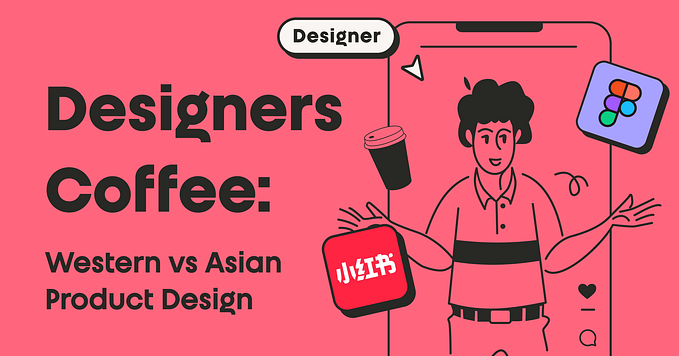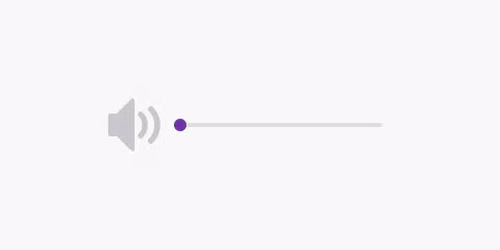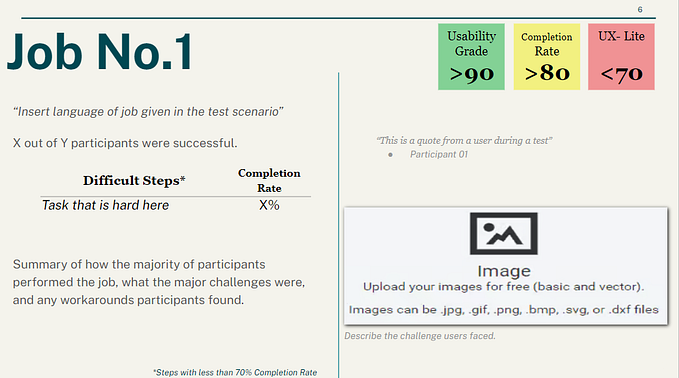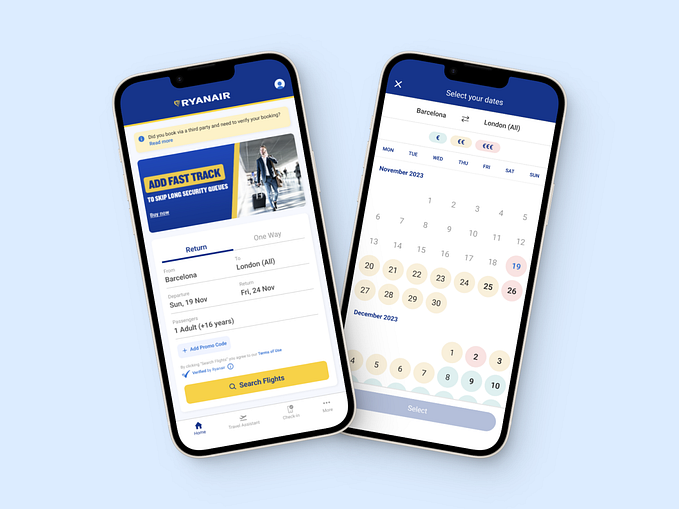UX process: “Be water, my friend”

Design thinking as an approach has been continuously developing since the 1960’s when it first appeared as “Design Science”. Its approach is a result of combining and or uniting multiple disciplines to approach problems in a systematic fashion. Tracktion for Human-Centered Design really took off in the 1990s with the success of the design consultancy IDEO. I think Jo Szczepanska‘s article “Design thinking origin story plus some of the people who made it all happen” is a great read.
In July 2017 Aduro assembled a product team with the core UX team consisting of myself, Thomas Phan, and Kyle Freed. The UX Team understood that the Human-Centered Design process is extremely important, there is not just one process that can be run on every project. For some projects the ideal process will be repeatable, for others, it won’t. We understood the important part is to understand an ideal process so that we could know what tools to pull out of the UX toolbox when the time arises. The process should be configured to fit the needs of the specific project, user, and business. In the real world, there can be an infinite number of blockers from time constraints to unexpected budget cuts. It’s imperative that we can adjust and adapt to the specific situations we’re faced with.
I like to refer to this quote when discussing the importance of the HCD process. It exuberates the importance of adapting the process to the appropriate situation.
“Don’t get set into one form, adapt it and build your own, and let it grow, be like water. Empty your mind, be formless, shapeless — like water. Now you put water in a cup, it becomes the cup; You put water into a bottle it becomes the bottle; You put it in a teapot it becomes the teapot. Now water can flow or it can crash. Be water, my friend.”
— Bruce Lee
Knowing my design process like the back of my hand, being able to adapt, and jump into the process at any stage has proven to be an extremely valuable skill for the progression of my career.
The newly constructed team decided on and created a design process to ensure we were building in a measurable, meaningful, way. Our process is nothing new or groundbreaking, it’s sound and adaptable.

Process Overview
We begin the design process in the understanding phase, where we begin by gathering information, challenging assumptions, and setting goals. Next, ideation serves for idea generation. We create parts of these ideas in prototypes and test if they perform as expected or need to be changed with the evaluation phase. We then finalize our solution and plan how to proceed in production. Before and after each phase, we have a check-in with the team and relevant stakeholders.


The above timeline reflects a typical approach of a logical progression of information gathering. Starting from leveraging expertise and existing world knowledge. Moving to first-hand user interaction (interview, observation, etc). To forming of design principles — essentially the success criteria of the rest of the project.

Now, to map goals to strategy. These function as either artifacts or checkpoints. To ensure we’re designing for the right problem, we develop the design question. For Example; “How can we reduce staff requirements for onsite screenings for WellMetrics events?”
We develop a representation of goals, needs, and how stakeholders interact. Next, we synthesize user goals, behavior, and pain points into personas and or behavioral archetypes. We can leverage this information to understand how users move through a system by creating a journey map. Finally, creating design principles previously mentioned to be the success criteria moving forward.

User journey maps, personas, or behavioral archetypes are two examples of artifacts from the understanding process.
Ideation
The ideation phase is for idea creation — where we create many divergent ideas. Lots of ideas are generated leveraging frameworks and prompts. Goals for this phase are: Diverge our thinking, create many many many ideas — good and bad, converge to the best ones that will bring the most value, and refine and communicate them.


This timeline shows taking advantage of individual focus and group energy in the process.


Here are some examples of low fidelity sketches and a very short storyboard. These deliverables are great for quickly getting ideas across to stakeholders. Note that storyboards are good at describing an experience without getting bogged down by the details — once we are confident about an experience we decide what the details will look like.
Prototype
Prototyping is the check on assumptions and feasibility. It allows us to design incrementally and strategically.

Prototypes are artifacts that test an idea or hypothesis, which can be storyboards, sketches, paper prototypes, physical models, situation testing, etc. In the prototyping phase, we gather the biggest and most concerning questions and quickly create testable representations of these parts of the ideas.

Once we decide what to test, we’ll create a testable version, run tests with the appropriate audience, and iterate based on data gathered.

We start to think about the most important features by virtue of needing to create them, which we do by referencing storyboards, design principles, and project/ user goals. We make sure we’re prototyping the right thing by deciding on design hypotheses — such as “This will save time”. We use various prototyping methods to use time and effort efficiently and we learn through creation — we implicitly make design choices through creation which moves this process along.

Here are two examples of artifacts that may come from prototyping — low fidelity phone mockups and a user flow diagram.
Evaluate
Evaluation is intertwined with prototyping. We ask questions along the lines of, “How do we test it?”, “How did it perform?”, “is it doing what we hoped it would?”.



To test our design we create a plan to make sure we’re testing against the appropriate population. This means we can decide if our prototype succeeded or failed then determine how to proceed — to scrap it, iterate, or move forward.

Here are some examples from a testing session of onboarding on our app — it confirmed some hypotheses but made us rethink some others, such as reducing how much we were asking from the participant upfront.
Produce
Our final stage is production. We communicate and document our final direction. We also create a plan to build and implement a roadmap for short and long term evaluation, testing, and feature development or additions.

Finally, we review the project and practice our own strategy of evaluating and iterating on our process. The timeline reflects these goals.



Some examples of artifacts produced; a set of polished communication tools like mockups and documentation.
The most important part of the process is being adaptable, know when to push and pull. The process should fit the needs of the specific project or situation. I really enjoy running into challenging problems that stretch my process and approach. Having a process won’t guarantee success but it helps and as a Product Designer I always remind myself, “Smooth seas never made a skilled sailor”.







